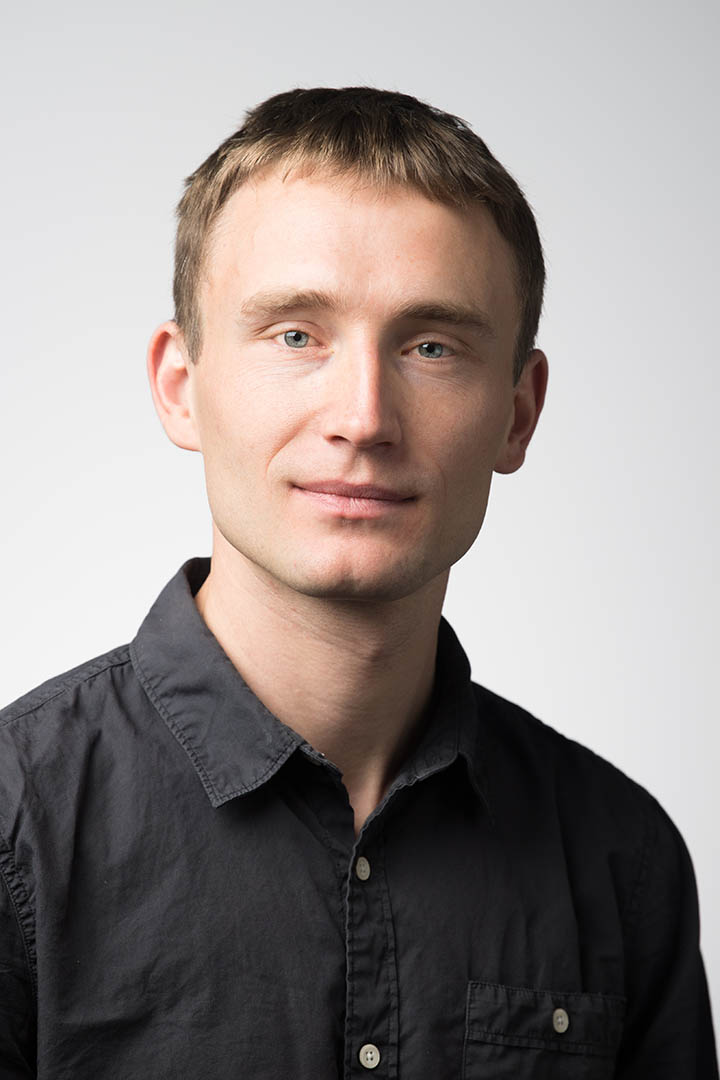NREL Researchers Review Promising Class of New Materials for Energy Applications

Scientists at the National Renewable Energy Laboratory (NREL) have performed a comprehensive review of a unique, emerging class of materials that hold the potential for use in solar cells, water splitting, and other energy applications.
The paper published in the journal Chemical Reviews focused on chalcogenide semiconductors with wide bandgaps. “Chalcogenides” are materials containing chalcogen elements such as sulfur, selenium, or tellurium, which lie in the same column as oxygen on the periodic table. Semiconductor materials with wide bandgaps are transparent to visible light, as well as infrared and sometimes UV wavelengths. However, transparent chalcogenides have escaped in-depth, extensive review.
The review paper, titled “Wide Band Gap Chalcogenide Semiconductors,” was written by Rachel Woods-Robinson, Yanbing Han, Hanyu Zhang, Tursun Ablekim, Imran Khan, Kristin Persson, and Andriy Zakutayev. Zakutayev is a scientist at NREL known for his work in creating new materials with unusual properties. Woods-Robinson is a Ph.D. candidate at the University of California-Berkeley conducting research both at NREL and at Lawrence Berkeley National Laboratory (LBNL). Han was a visiting Ph.D. student at NREL. Zhang, Ablekim, and Khan are all postdoctoral researchers at NREL. Persson is a professor at UC Berkeley, a senior faculty scientist at LBNL, and director of the Materials Project.
Materials that are both transparent and conductive are rare in nature. Transparent conductive oxides (or TCOs), which are used in solar cells, account for the most intensively investigated wide-bandgap semiconductors. Oxides are more stable and more abundant than the lesser-studied chalcogenides.
“Because of Earth’s predominant oxygen chemistry, most known stable, transparent conducting materials are oxides,” Woods-Robinson said. “However, this means that in the lab there are exciting opportunities to explore, grow, and test new chalcogenides that have never been made.”
In solar cells, sunlight reaches the absorbing material (such as silicon) and triggers the movement of electric charge. But first, light must pass through a transparent conductive contact layer. This special layer is dual-purpose—also having to transfer electric charge into the circuit. Transparent conductive contacts come in two flavors: n-type (“n” for negative charge) where moving charges are electrons, or p-type (“p” for positive charge) where moving charges are “holes” (a “hole” is essentially a positively charged bubble in a sea of negatively charged electrons).
Transparent oxide contacts can be excellent n-type conductors, but they are quite poor p-type conductors. However, transparent p-type conductors are essential for many solar cell applications, so scientists are still searching for better p-type materials. Compared to oxides, transparent chalcogenide contacts are far more likely to be good p-type conductors, which is one reason that they are important to investigate.
“It is sometimes difficult for researchers to start using new materials for making devices, if there is no place where properties and applications of these materials are summarized,” Zakutayev said. “This 50-page article with more than 550 references and many summary figures reviews the most important research directions in the field.”
The unique properties of transparent chalcogenides are ideally suited for specific applications in electronic devices—solar cells, water splitting devices, and transparent transistors, among others. Ultimately, incorporating these underexplored materials into devices with new configurations could lead to boosts in efficiencies.
Last Updated May 28, 2025
